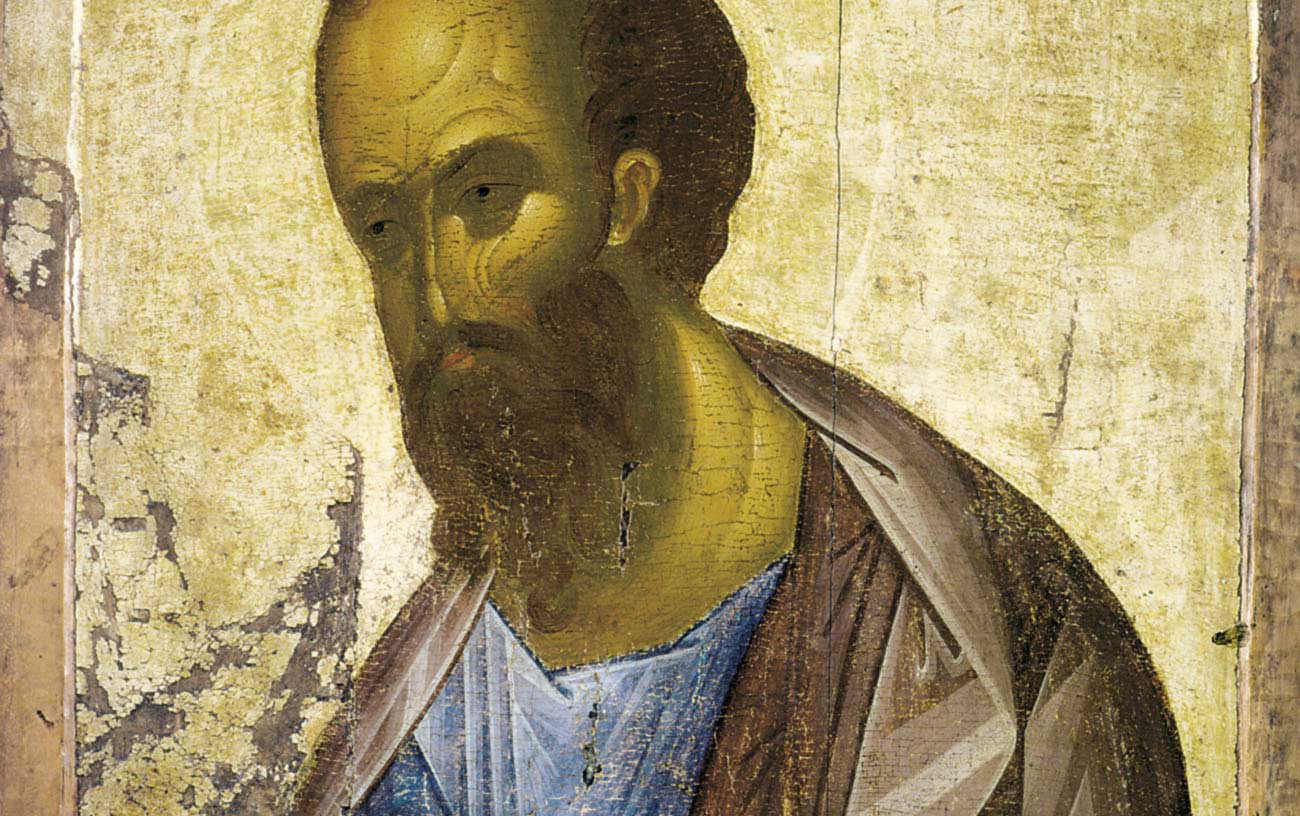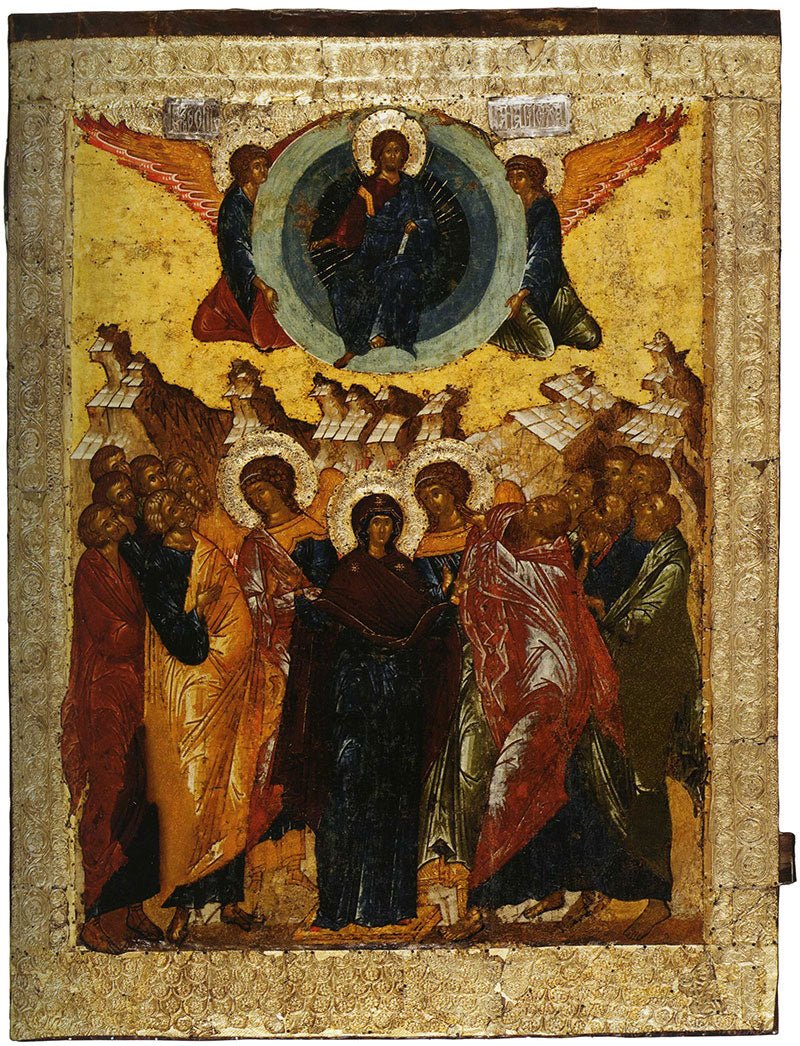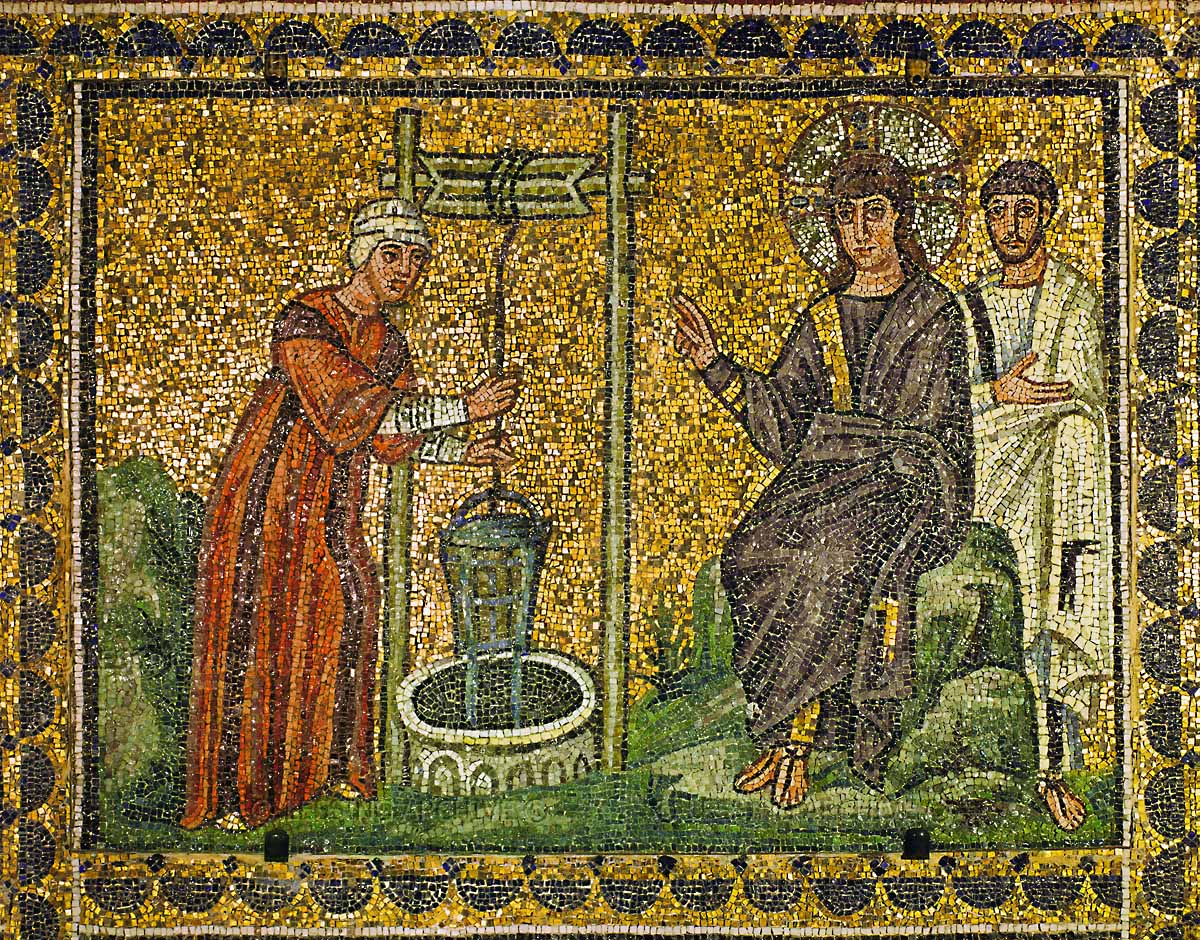Sermons & Homilies

Death and the decomposition that comes with it because of the loss of life is the byproduct of sin for all of us who are of the seed of Adam. And because of death, sin is not eternal but has an end. Consequently, the sufferings we undergo for living in this fallen world, also come to an end in death. This is especially true for those who are reborn in this present life through the gift of God’s grace, for whom death is transformed into an open door leading to eternal life with God.
In the Apostle Paul’s Epistle to the Romans, a portion of which we have just heard, he exhorts his readers to flee from sin and to desire that which brings eternal life.

One week ago we commemorated the Sunday of All Saints, which is always the first Sunday after Pentecost. On the Feast of Pentecost, the Holy Spirit descended from Heaven in the form of tongues of fire in order to unite Himself with the holy disciples and apostles of Christ. When the Holy Spirit descends unites Himself with man, man is utterly transfigured and becomes godlike. And last Sunday we saw the results of this descent and transfiguration: we saw the entire host of heaven gathered together, the assembly of All Saints. And likewise today, on the second Sunday after Pentecost, it is the custom of the Holy Orthodox Church to commemorate all the local saints of the particular nation in which the feast is being celebrated. But today, we celebrate the memory of All Saints of Russia.
Continue reading
In December 1903 an aged sailor who had fought to defend Sevastopol during the Crimean War traveled to the Kiev Caves Lavra to pray before the holy relics. One night, he awoke and saw the image of the Mother of God that we see before us; standing upon two discarded and broken swords on the shore of a bay, with her back turned to the water. She was holding a white cloth upon which was an Image of the Savior, “Not-Made-By-Hands.” Angels in the clouds of blinding light were holding a crown above her head and the Lord of Sabaoth was sitting still higher on the throne of glory, encircled with the blinding radiance.
Continue reading

One of the hymns for Vespers during “Lord, I have cried…” on Sunday says that Christ “hath renewed the ascent into the heavens.” If we are told that the ascent into the heavens has been renewed, then it must be that man was supposed to ascend into the heavens in the first place. With a most penetrating and unique divine vision, St. Symeon the New Theologian unfolds to us what would have been if we had not fallen. And this vision of his also fully unravels what is taking place today in the human nature of Christ, and therefore, in our human nature:
Continue reading

We stand at a spiritual crossroad today—two martyrs with insuppressible love for Christ are both commemorated today: St. George—the glorious, faithful and pure lover of Christ who was filled with divine love from His youth; and St. Photini—the repentant Samaritan woman, who, after Christ came to her and revealed her sins and told her plainly that He was the long-awaited Messiah of the Jews and the Savior of all mankind; after this, she acknowledged her sins, cast them aside and went straightway in her zeal with haste to preach this Good News to all her kinsman and fellow-neighbors.
Continue reading

